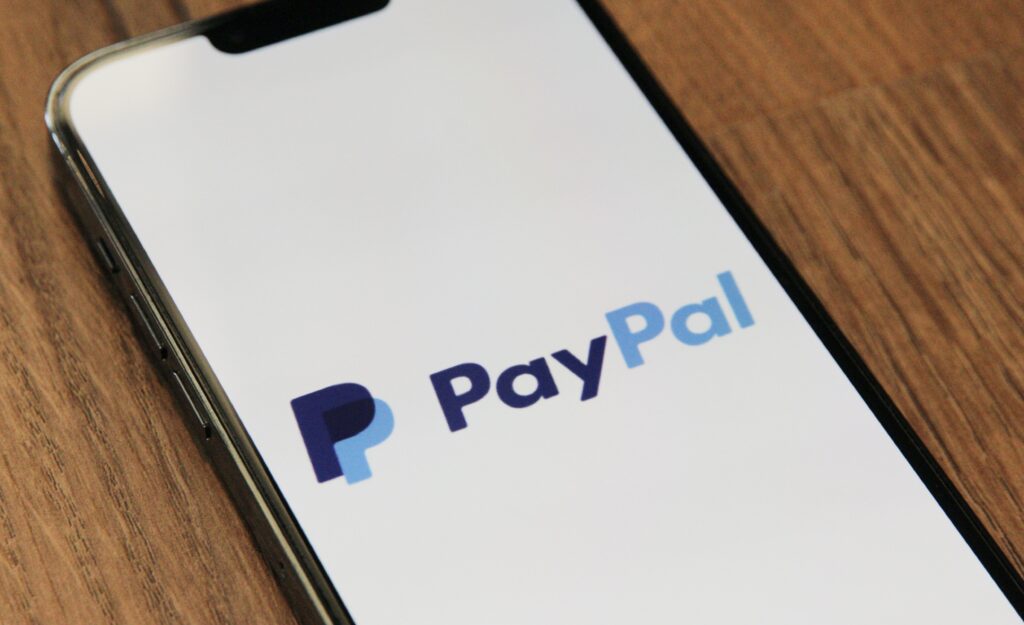The brainchild of Max Levchin, Peter Thiel and Luke Nosek, PayPal took only four years to grow from ‘just another tech start-up’ to a unicorn with a valuation of over USD 1bn. Established in 1999 to provide security software for hand-held devices, the company pivoted towards electronic payment services in 2000.
Two years later, PayPal launched its first IPO, swiftly followed by its acquisition by online auction giant eBay. The company operated as a subsidiary of eBay for many years, facilitating 70% of its auctions. By 2007, PayPal generated revenues in excess of USD 1.8bn, and by 2010 it boasted over 100 million users across 190 territories, handling payments in 25 different currencies.
By the time PayPal neared the end of its role as an eBay subsidiary, it was responsible for 40% of its parent company’s revenue and was processing over USD 145bn in payments.
After officially going it alone in 2014, the company embarked on a series of multi-billion acquisitions, buying out the vast payment platforms of Xoom and iZettle. This aggressive growth strategy saw PayPal increase user numbers to over 170 million by 2015.
Today, PayPal’s reach is nothing short of phenomenal. The company employs over 30,000 staff and has over 429 million active accounts on its platform. At the same time, it processes over 41 million transactions a day – amounting to over USD 1.2tr worth of trade every year. As a result, the company commands approximately 44% of the total online payment processing market, a long way ahead of its nearest competitor Stripe’s 20% stake. In 2022, PayPal posted revenues of over USD 27bn.
